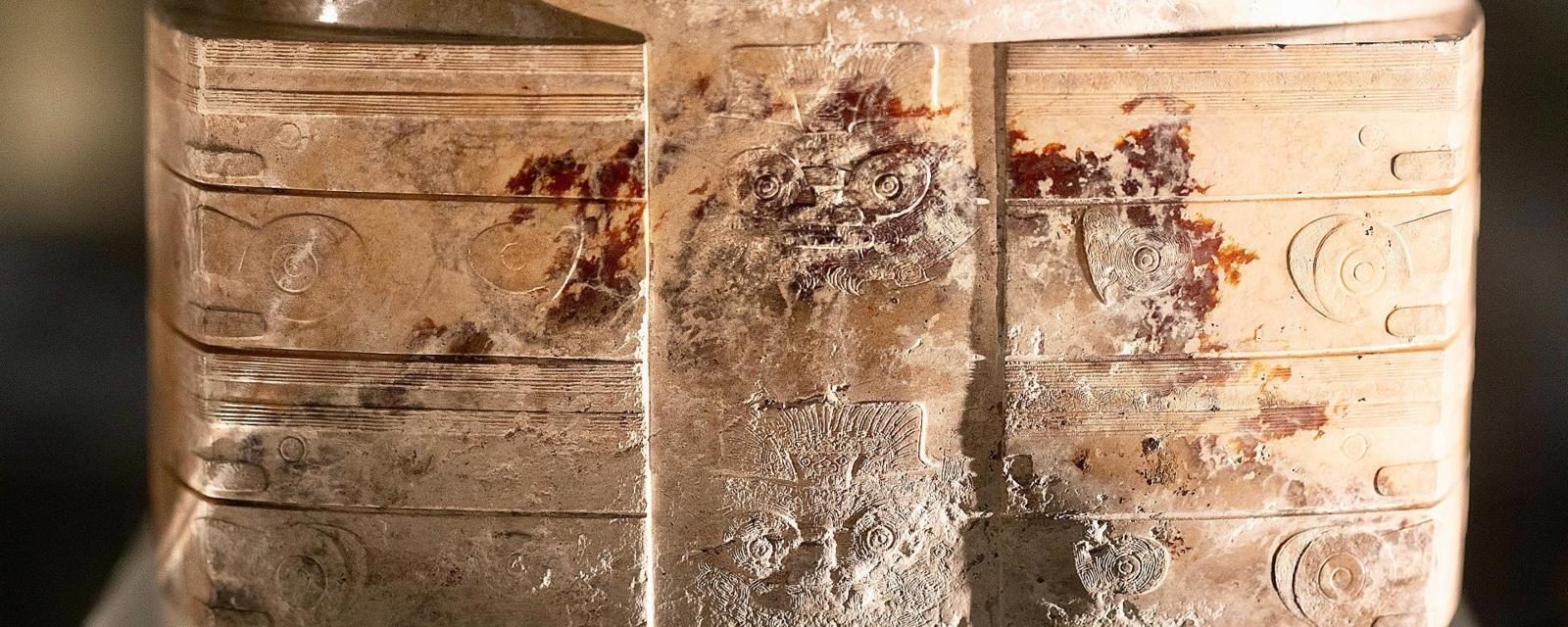
Earlier this year, while filming China's Greatest Treasures, a new six-part television documentary series for BBC World News, I encountered this mysterious character incised on a spectacular ancient jade carving that now belongs to the Zhejiang Provincial Museum in the city of Hangzhou. Known as a 'cong' (pronounced 'ts-ong') - essentially, a jade cylinder, squared on the outside, with a circular tube within - this squat column was recovered by archaeologists from a cemetery for elite members of a complex late Neolithic society that flourished at the site of Liangzhu, around 100 miles (160km) southwest of Shanghai, in the 3rd millennium BC. Traditionally, historians have taught that China's earliest recorded dynasty was the Shang, who ruled during the Bronze Age, in the 2nd millennium BC.
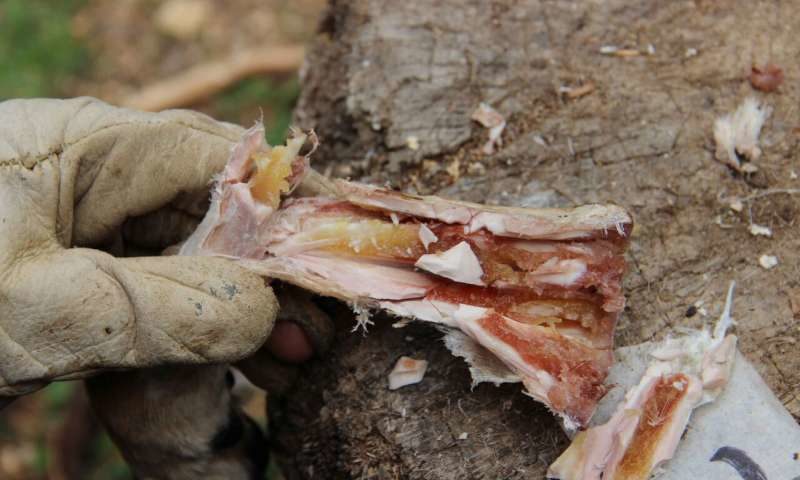
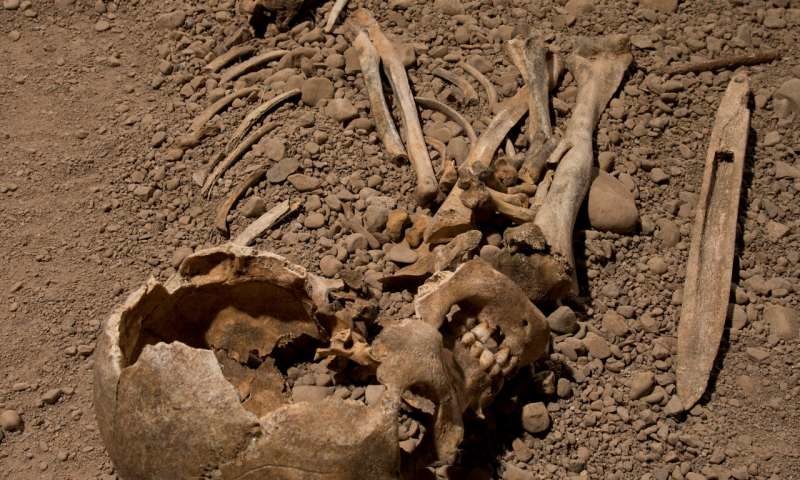

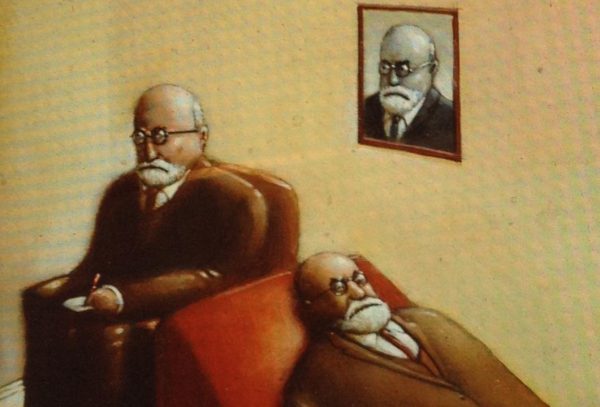
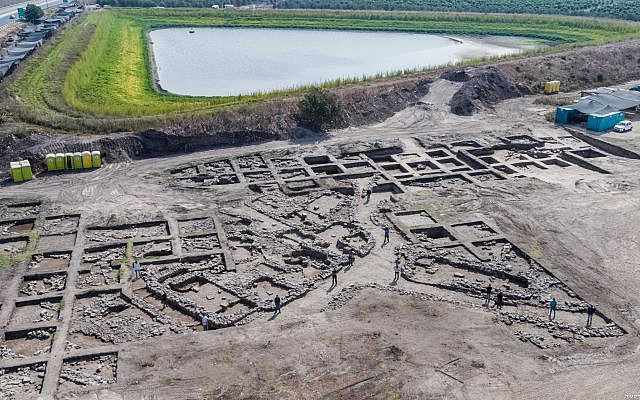

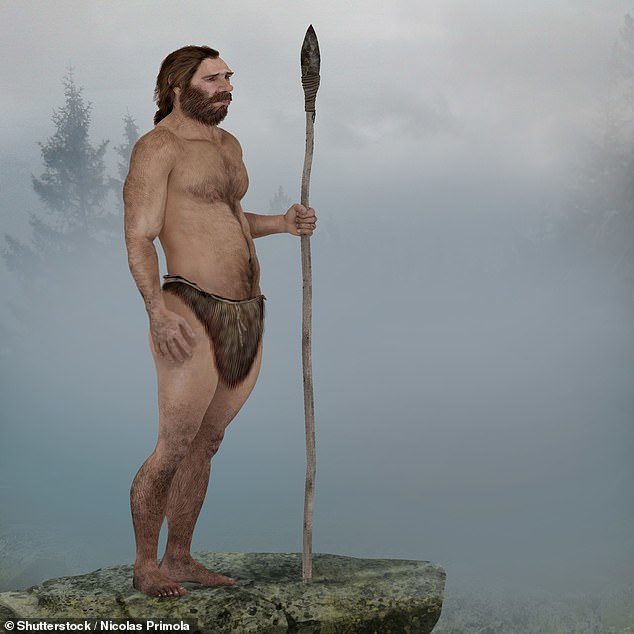
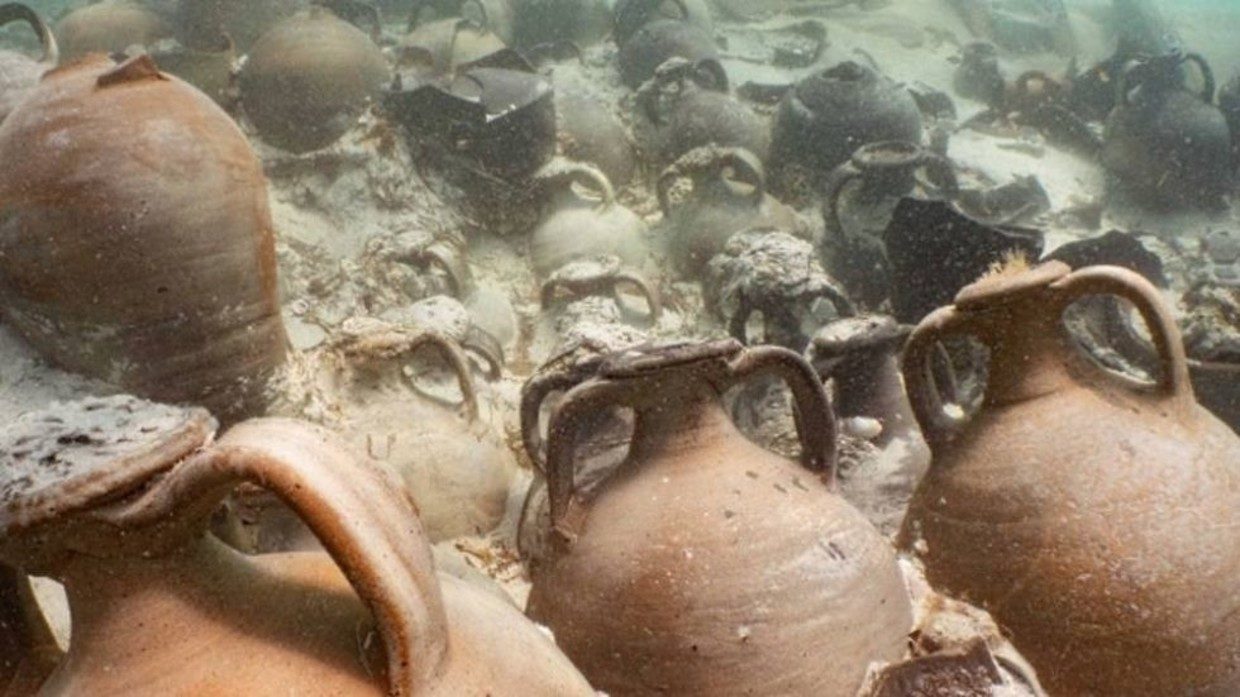
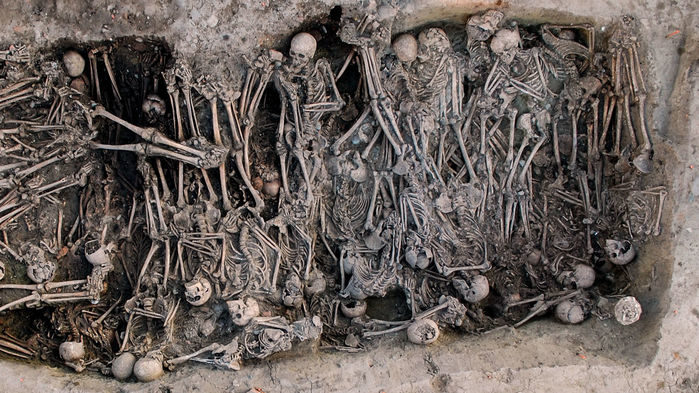



Comment: See also: